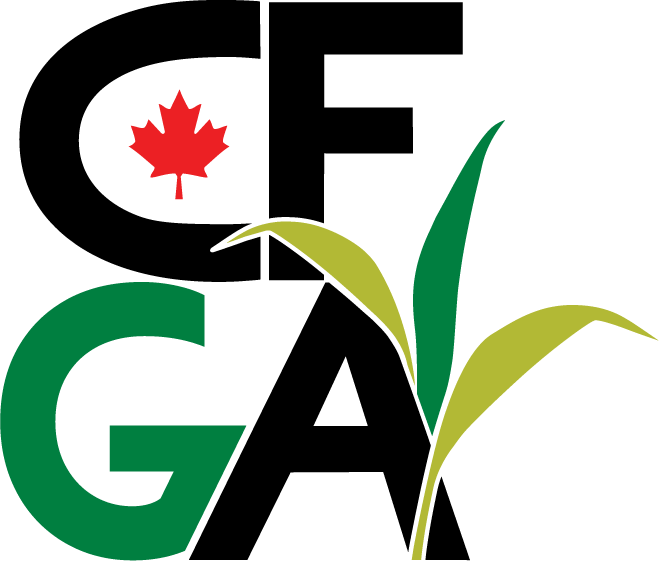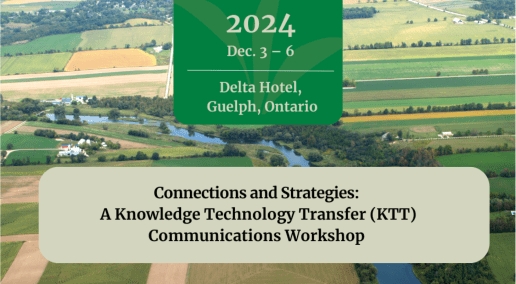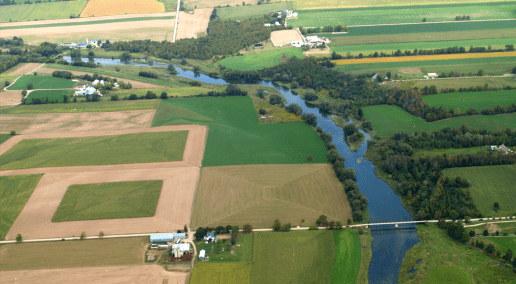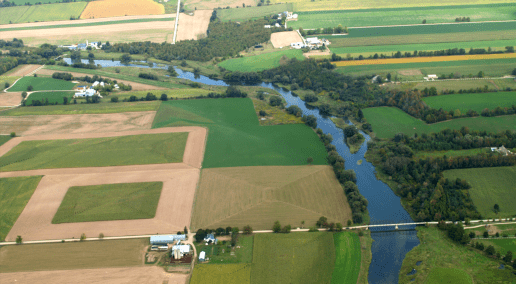Established in 2008, The Hoyt Report is the leading authority covering the Western States’ hay market. The report tracks and publishes current hay prices in states across the West.
At the Canadian Forage and Grassland Association’s (CFGA) 2024 conference in Guelph, Ontario, in December, The Hoyt Report’s Josh Callen looked at historical forage export prices, saying the big story was the 2023 downturn that continued into 2024. He added that the market peaked in 2022 after a big commodity price run up spurred by inflation and the war in Ukraine, which resulted in record high prices in a lot of areas. 2023 was a correction year and then, in 2024, the downturn continued.
One of the trends was simply lighter demand in importing countries, especially Japan, Korea and China. The trend in China was triggered by a weaker economy and lower milk production, due to lower milk consumption. Overall, there was less need for imported forages. Exports to the Middle East increased.
Josh said commodity prices came down as well, with canola, corn, soybeans all trending lower.
The U.S. dollar was a big challenge for exporters. The dollar was at a 20-year high versus other currencies, putting U.S. exports at a disadvantage. The Trump presidency’s impact on the dollar and tariffs is a big question for the industry.
Looking specifically at Canadian exports, they too were down slightly. “We’ve seen a 13 per cent decrease, across the board for all products,” he said., noting 2023 was a better year for Canada compared to other countries with exports holding up better. The price per ton was slightly higher, although volumes were down.
While exports to China and Japan were dropping, a growing market for timothy was developing in Florida. However, uncertainty over tariffs could impact this market. He added a lot more timothy was planted and the expectation is for a bigger crop for this year, which could also impact price, with excess supply bringing the price down.
Josh highlighted two things to watch which could affect the market. The first is the impact of the dollar and the tariffs coming out of the U.S. This could have an impact on forage and trading. The other big question is China and what it does.
“Do they return to taking over a million tons of alfalfa out of the U.S. or are they going to stay in the 800,000 range where they are now?”
Josh said 2025 looks like a transitional year. The last big downturn was 2014 and 2017 and he described markets as a “slow climb” since then. However, input costs are higher, driven by inflation.
2024 conference recordings
The recording of Josh’s presentation, as well as all of the recordings from the 2024 conference proceedings, is available for free to those who registered for the 2024 conference. For more information, email [email protected].
Registration open for the CFGA’s 2025 conference!
Registration is open for the CFGA’s 16th Annual Conference which will take place Nov. 18 to 21 in Fredericton, New Brunswick.
The conference is being organized in partnership with the CFGA provincial partner the New Brunswick Soil and Crop Improvement Association (NBSCIA). The theme is Greener Horizons: Technological Innovations in Forage and Grassland Management and the event will include pre-conference workshops, two days of presentations and a not-to-be-missed post conference tour to several New Brunswick farms.
CFGA pre-conference workshop to focus on communications strategies and KTT
November 25, 2024
On Tuesday, Dec. 3, the Canadian Forage and Grassland Association (CFGA) is hosting a full day, in-person-only workshop that will be of interest to extension professionals, farm advisors, mentors and producers.
Read Article



Leave a Comment